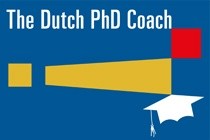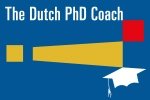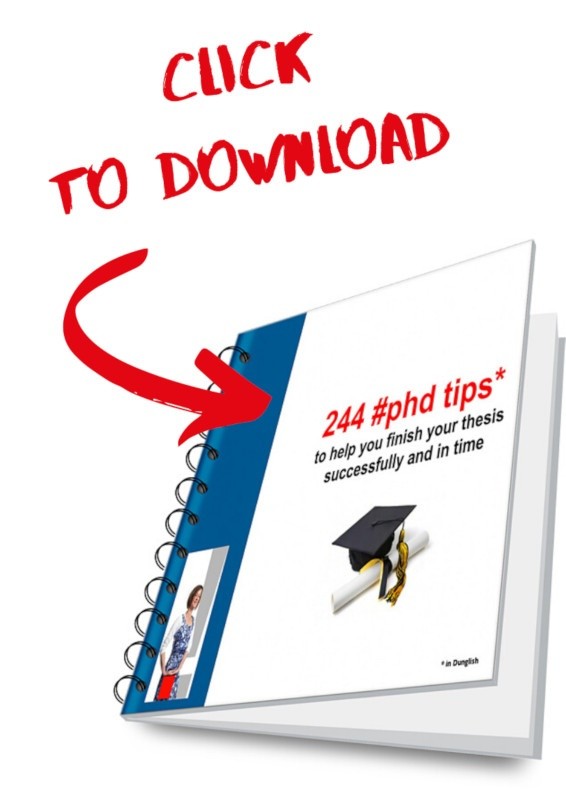At the beginning of the new Academic Year, it is always a great time to reflect. In case you want to have a good start to your research and stay on track, it is highly recommended to have a clear overview.
The three aspects
I won’t tell you anything surprising when I tell you research evolves around 3 aspects: the what (1), the why (2) and the how (3) of your research. When you have determined exactly what your research is about, why you are researching this and how you are going to do it, you have distilled the main question of your research. This question is:
- Reflecting the knowledge in your discipline
- Relevant
- Investigable
- Leading to an answer you are looking for.
Joy de Jong’s Effective strategies for academic writing explains this whole process. She uses a schedule in the book (Effective strategies for academic writing, essay, paper, thesis, journal article, bachelor, master, PhD, Coutinho, 2017) with one question in the middle which is connected to what, why and how questions.
Start now
Put your question in the middle of a paper, and in a circle, draw four empty circles, each pointing at the other circle by a two-way arrow. Fill in each circle one of the following questions:
Why: the reason for the relevance
What: the topic of your field of study
How: your strategy with questions and sub-questions
What: the answer
This schedule could be the basis of your research. All parts of this schedule are connected to one another, that is why the arrows are two-way.
For example:
- De sub-questions and methods (the how) are part of a strategy used in your field of study (the what)
- The reason for your research (the why) is founded because of the requirement for an answer (the what)
- The reason for your research (the why) is also created because of a hiatus in the field of study (the what)
Correlation
The consequence of this correlation between the elements is that all elements find themselves on the terrain of the other elements and with every decision you are making, you have to make sure this mutual correlation still exists between the elements. Changes need to be made once this is not the case anymore.
Eventually, you try to obtain a schedule in which
- All elements have been met in a clear and concise way
- All elements complement each other seamlessly
It doesn’t really matter what your starting point is, as long as the schedule is accurate.




